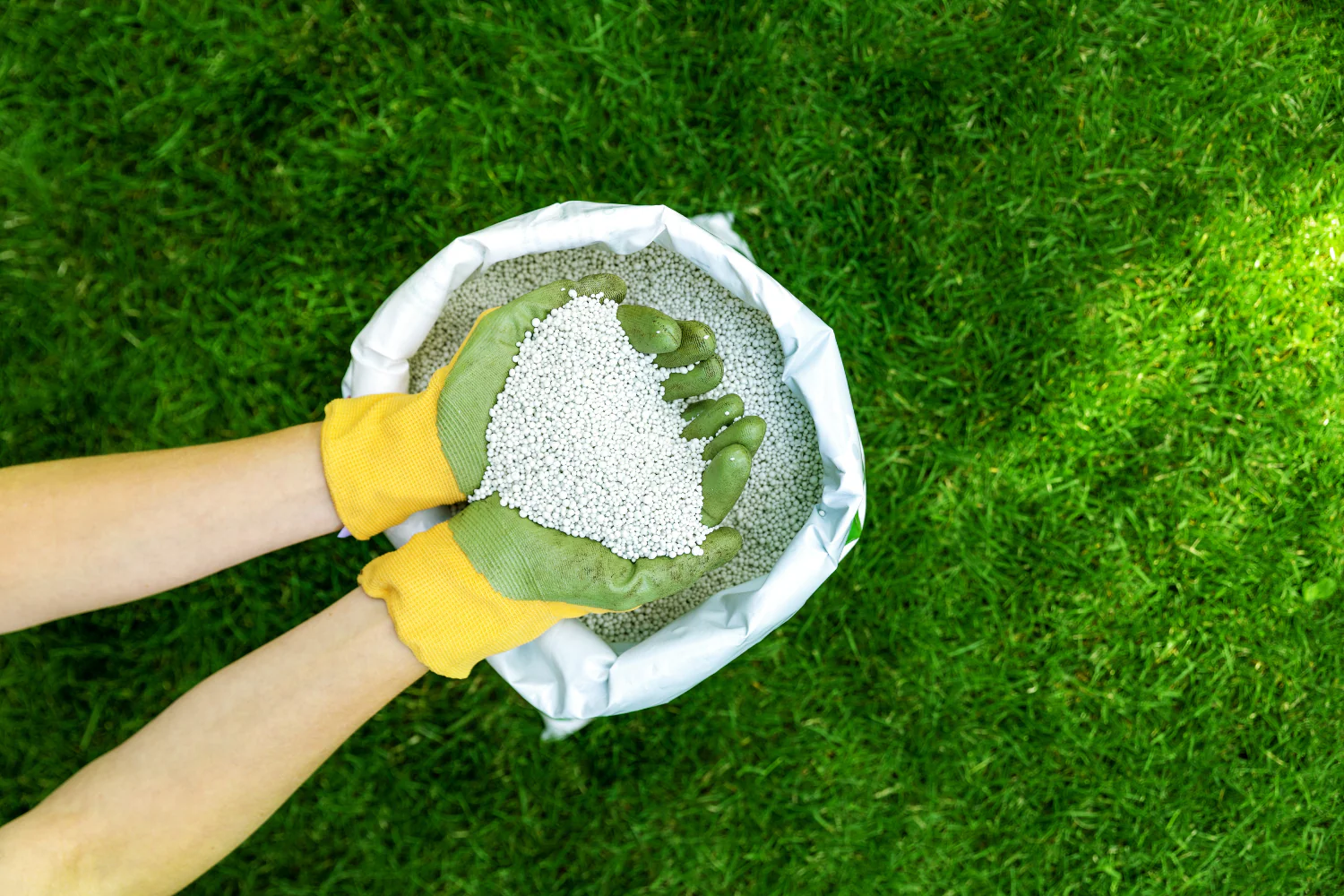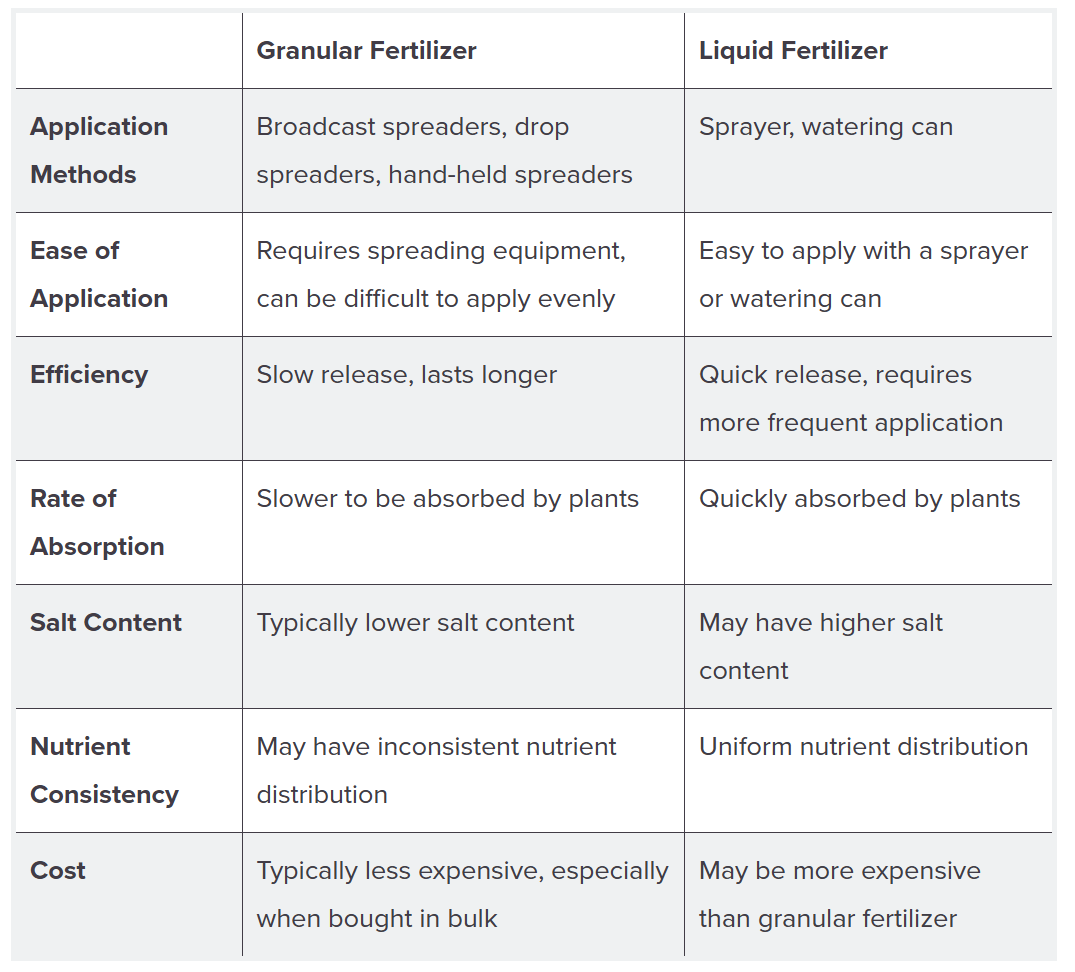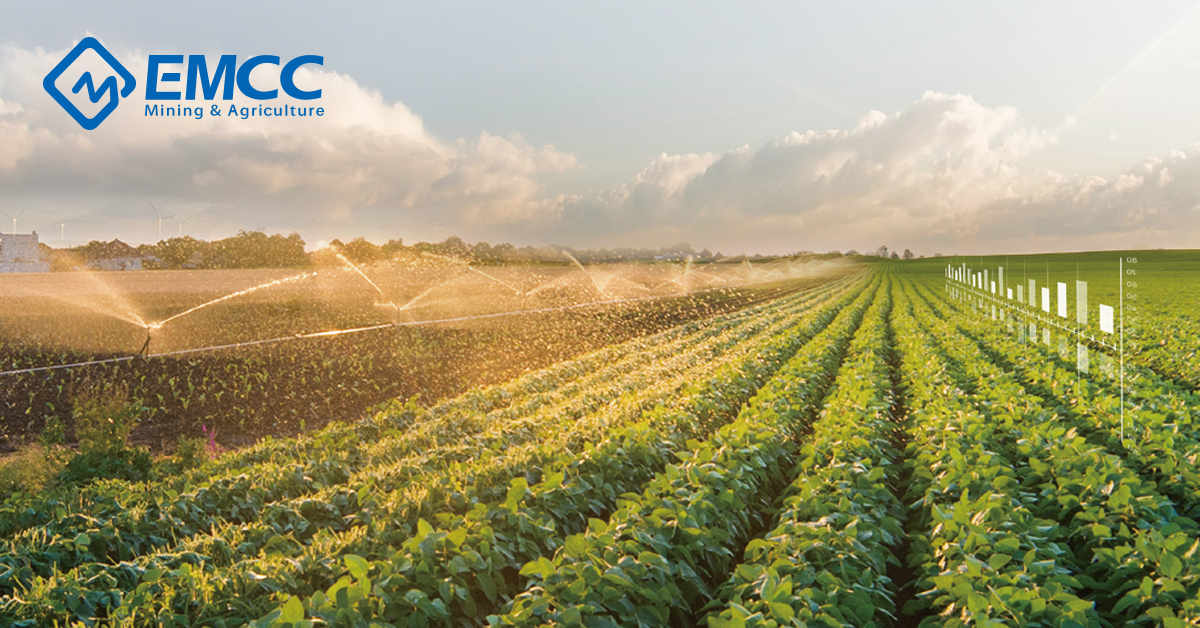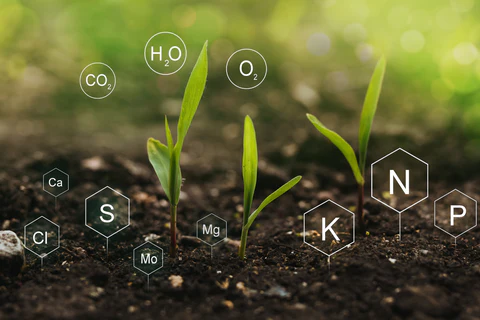
Fertilizers are critical to maintaining the health and vitality of your crops. Two of the most common types of fertilizers are liquid and granular fertilizers. While they both serve the same purpose of providing essential nutrients to plants, they differ in their application methods, efficiency, and cost.
Main Differences Between Granular and Liquid Fertilizers

What Is Granular Fertilizer?
Granular fertilizer is a dry fertilizer that typically comes in pellet form. This type of fertilizer is known for its slow-release properties, meaning it slowly releases nutrients over time. As a result, using granular fertilizers can help reduce the frequency of fertilization compared to quick-release fertilizers, which disperse all nutrients at once.
Slow-release granular fertilizers typically only need to be applied once during the season.
Benefits of Granular Fertilizer
The slow-release properties of granular fertilizers make them ideal for long-term crop health.
Granular fertilizers require less frequent application compared to quick-release liquid fertilizers because they can last for several weeks or months.
Granular fertilizers have a longer shelf life than most liquid fertilizers, saving you money in the long run.
When bought in bulk, granular fertilizers cost less than liquid fertilizers.
Other Considerations for Granular Fertilizer
It can be more challenging to spread granular fertilizers than liquid fertilizers. One of the drawbacks is the potential for uneven distribution if not applied correctly.
For struggling crops that require an immediate nutrient boost, granular fertilizers may not provide enough nutrients fast enough.
Since some granular fertilizers contain dust and particulate matter, uniform nutrient distribution is sometimes impossible.

What Is Liquid Fertilizer?
Liquid fertilizer is a type of fertilizer that comes in a liquid concentrate that needs to be diluted with water before being applied. Some liquid fertilizers begin as water-soluble tablets that dissolve in water first.
Unlike granular fertilizers, liquid fertilizers are typically quick-releasing, meaning they provide an immediate burst of nutrients to crops. This quick release also means that liquid fertilizers may need to be applied more frequently than granular fertilizers.
Benefits of Liquid Fertilizer
Liquid fertilizers provide an immediate burst of nutrients to crops, which can help quickly improve health.
They are easy to apply, making fertilization fast and efficient.
Liquid fertilizers can be more effective than granular fertilizers in areas with poor soil or low water availability since plants can absorb them more easily.
Liquid fertilizers can be more cost-effective than granular fertilizers when fertilizing smaller crop areas.
Other Considerations for Liquid Fertilizer
Liquid fertilizers require more frequent application than granular fertilizers due to their quick-release properties.
They can be more expensive than granular fertilizers, particularly if they contain high-quality ingredients.
Applying liquid fertilizers can be more time-consuming than using granular fertilizers, mainly if you need to mix the concentrate with water before application.
Liquid fertilizers have a shorter shelf life than granular fertilizers and may lose their strength over time.
Do Granular and Liquid Fertilizers Share Any of the Same Nutrients?
Both granular and liquid fertilizers supply the most vital nutrients that crops need to thrive: nitrogen, phosphorus, and potassium. Most fertilizers contain a specific ratio of these nutrients which can be determined by reviewing the fertilizer label.
For example, 24-25-4 fertilizer refers to fertilizer that contains 24% nitrogen, 25% phosphorus, and 4% potassium. Regardless of whether you choose a granular or liquid fertilizer, both types will provide your crops with the same valuable nutrients in the same ratios.
Application Methods for Liquid and Granular Fertilizers
When applying fertilizer, there are different methods for liquid and granular fertilizers.
Liquid Fertilizer: Foliar application; Irrigation application; Seed treatment; Soil application; Banding or side-dressing
Granular Fertilizer: Broadcasting; Banding; Side-dressing; Top-dressing; Fertigation; Seed coating
Which Type of Fertilizer is Best for More Profitable Crop Production?
The type of fertilizer used can make all the difference. When it comes to crop production, farmers need to carefully consider which fertilizer type will provide the most benefit for their specific crops.




